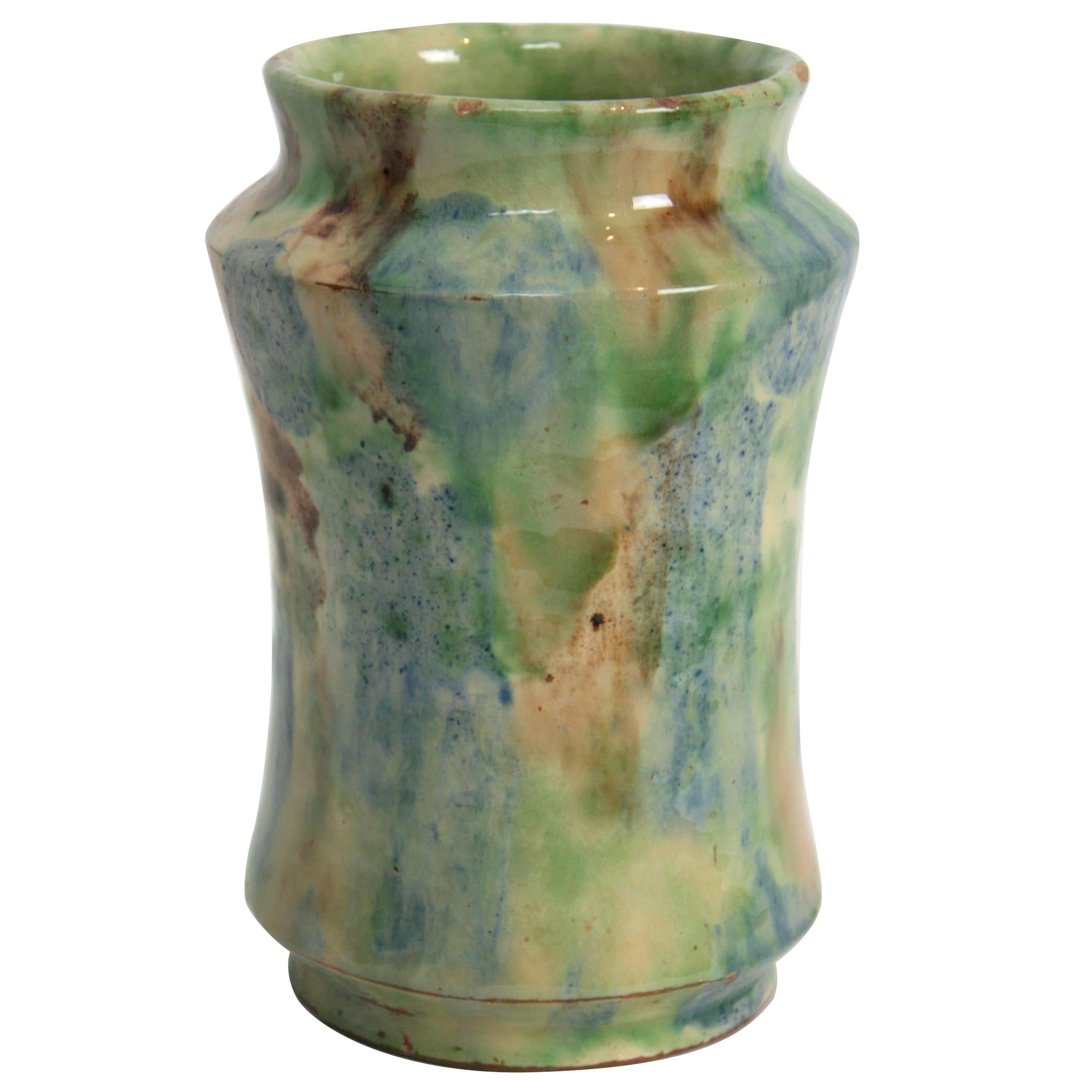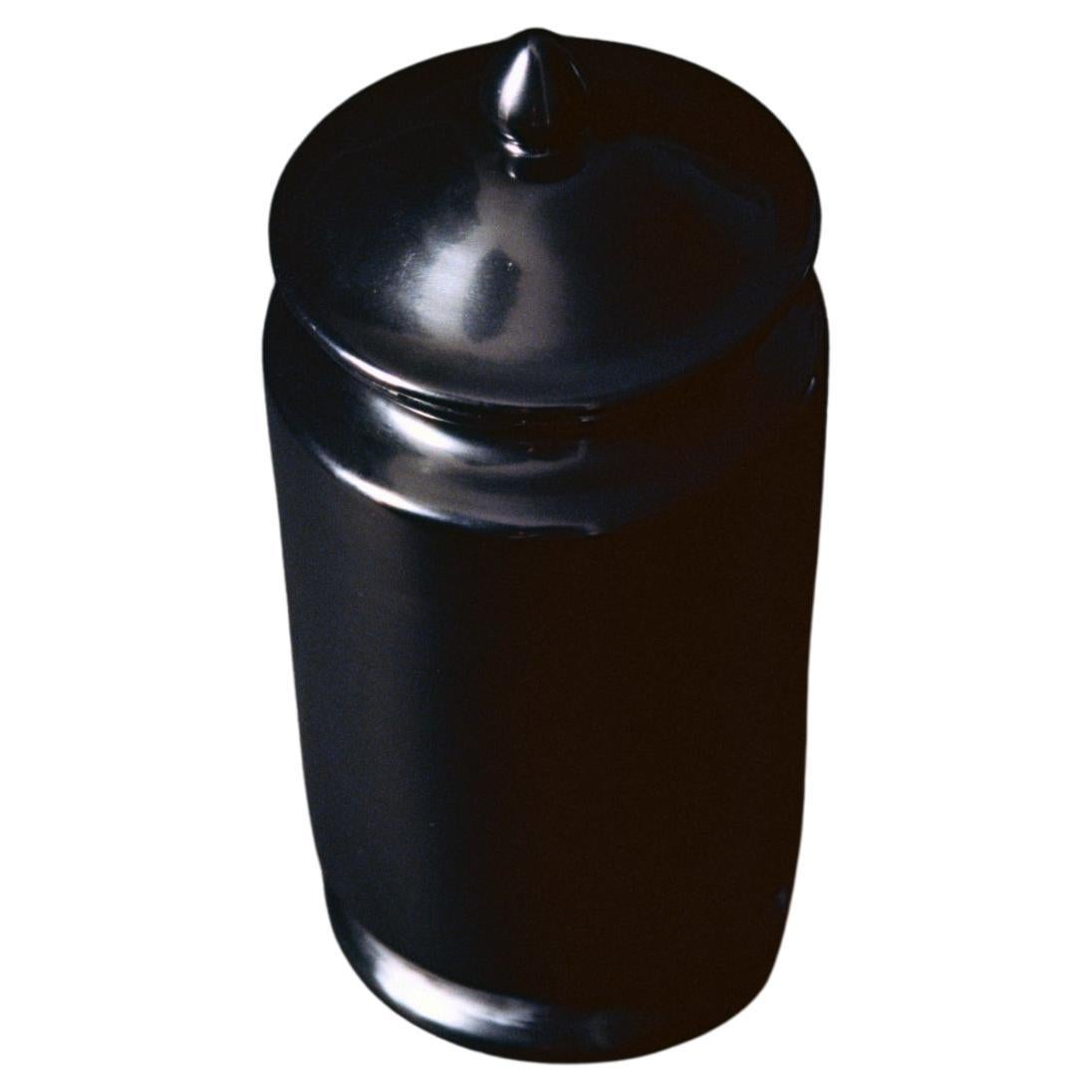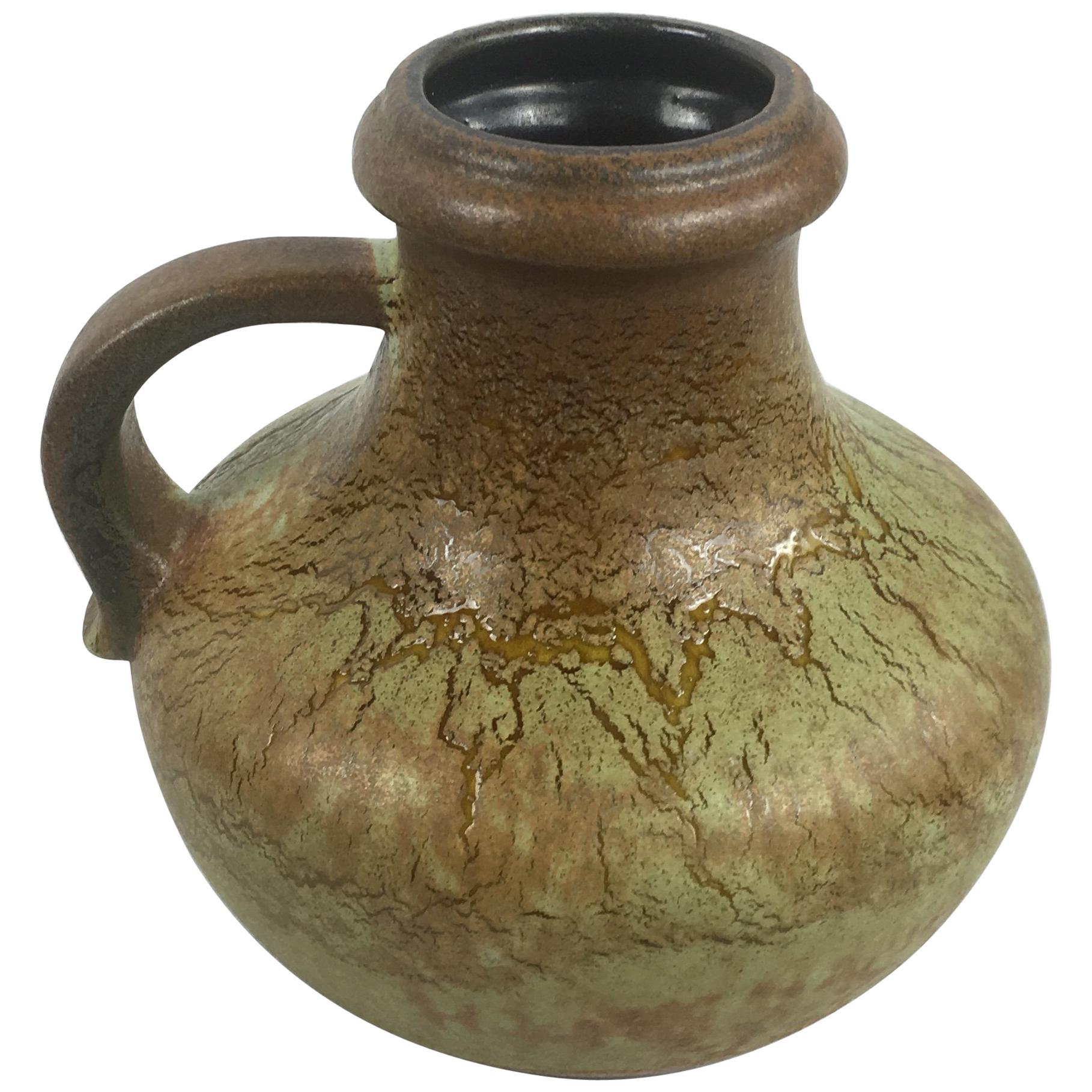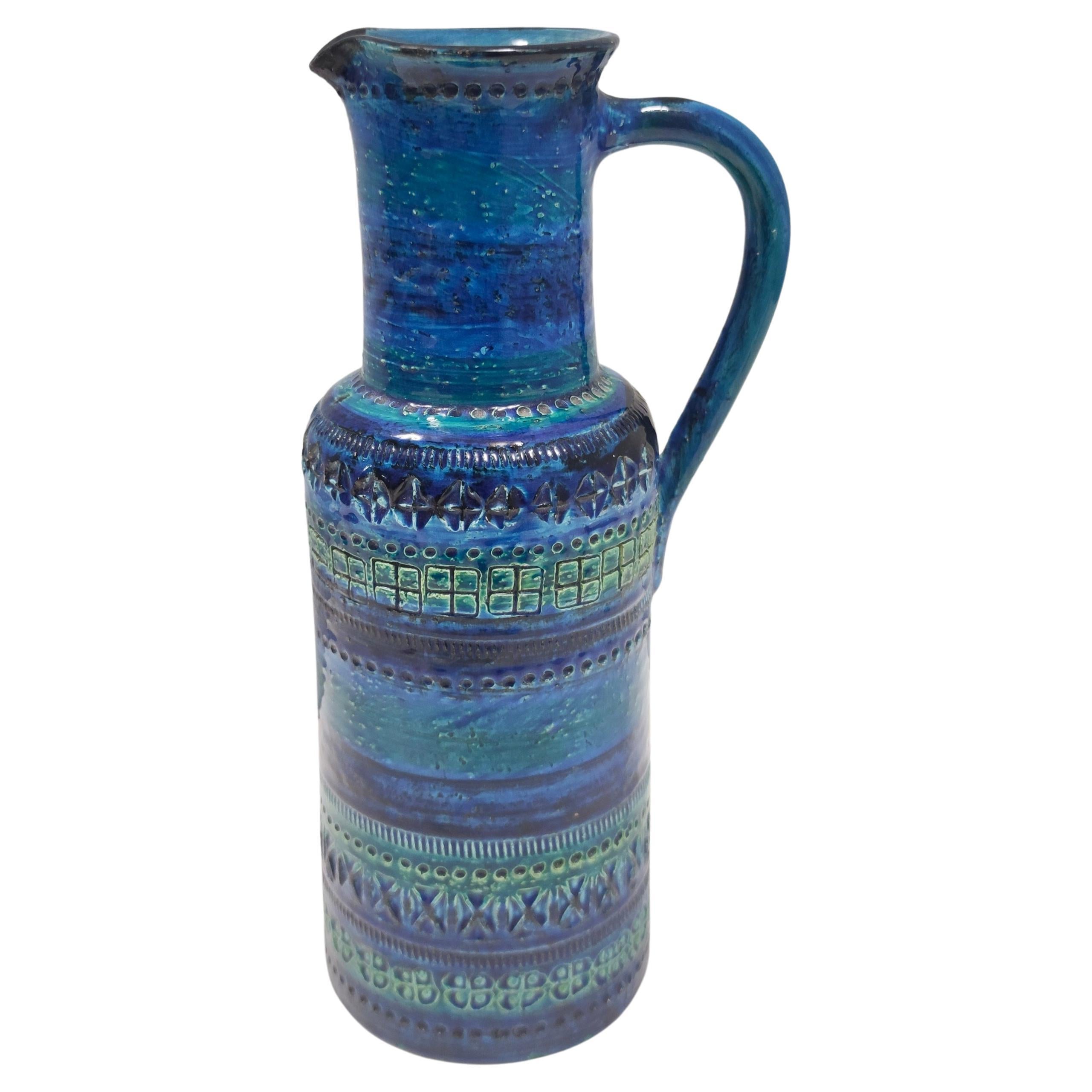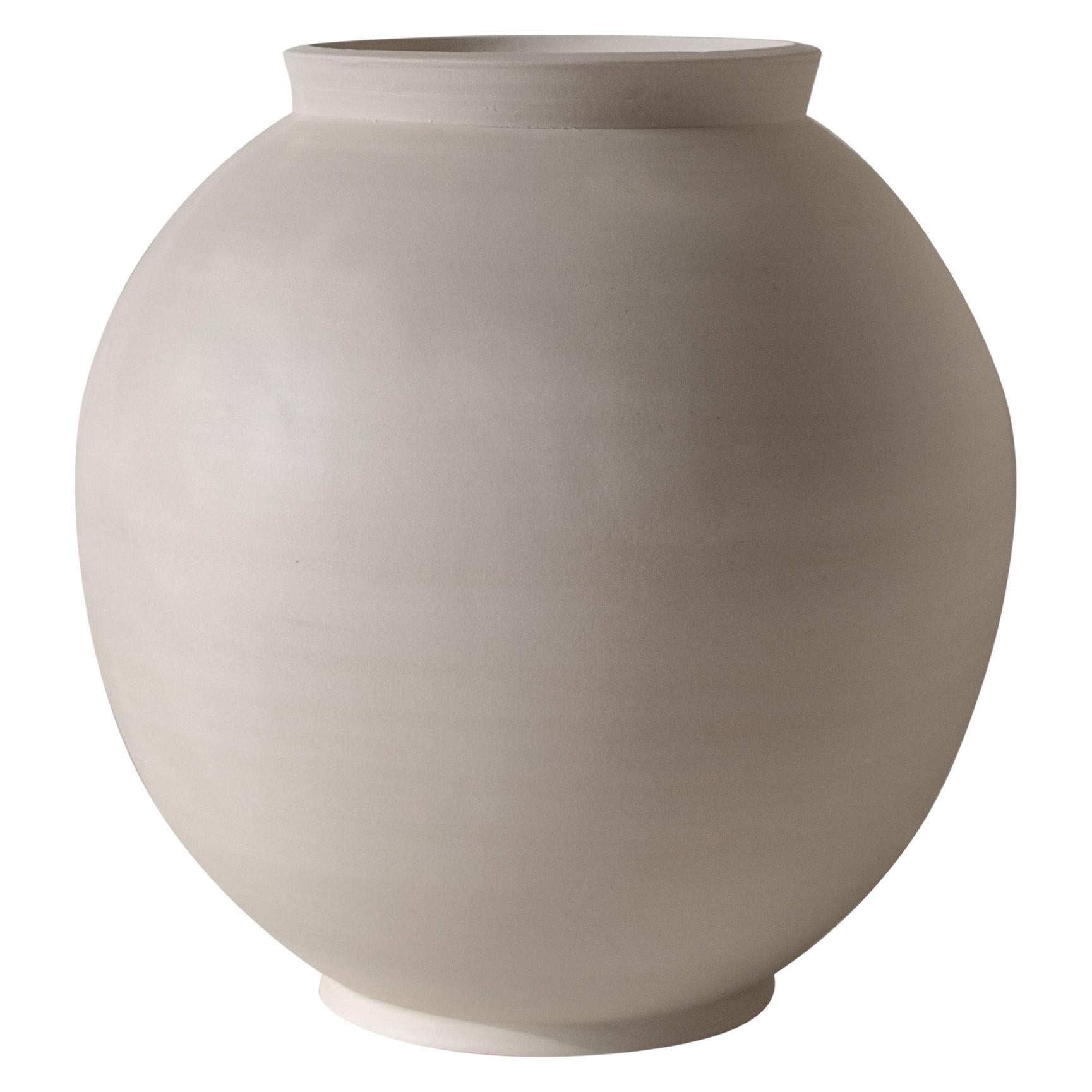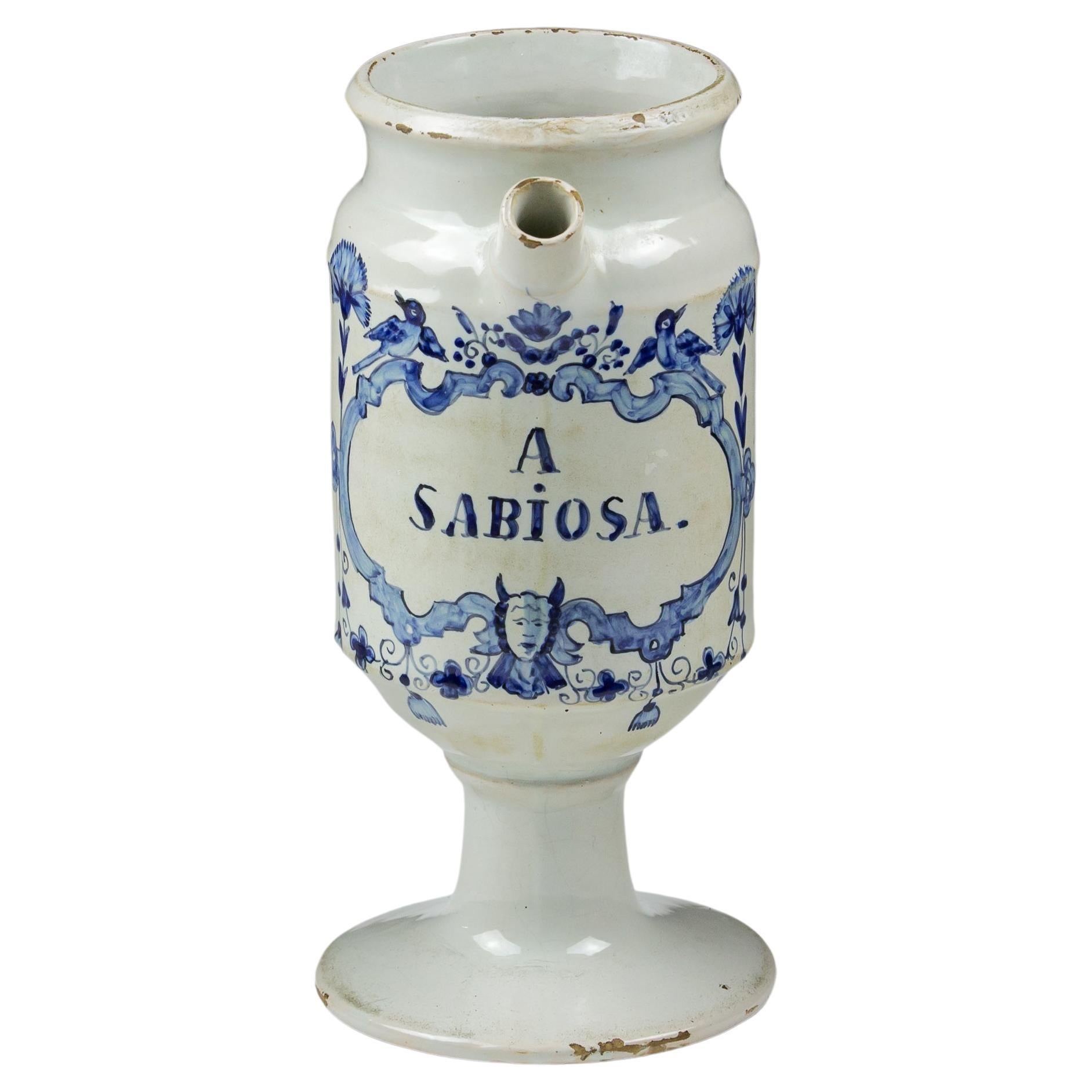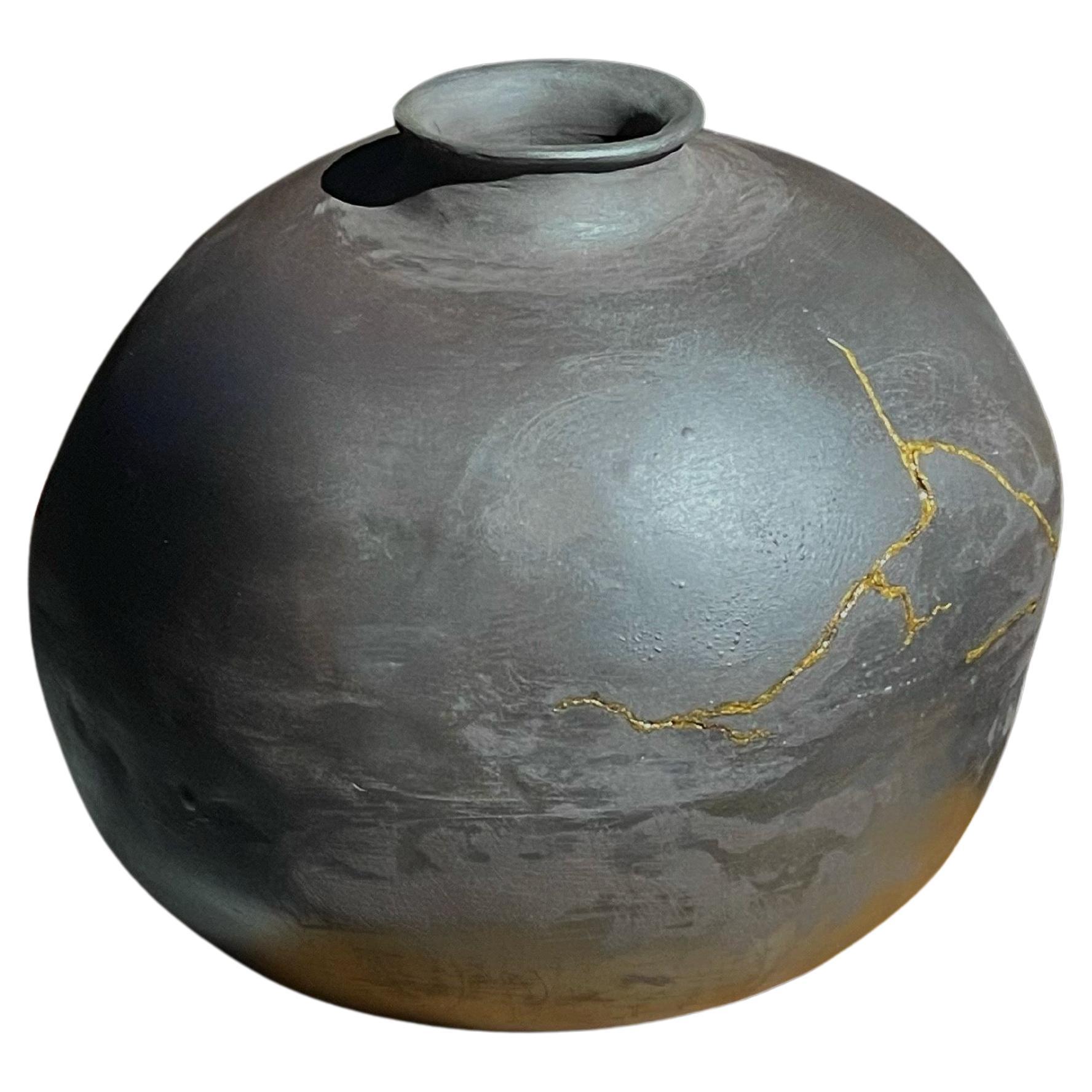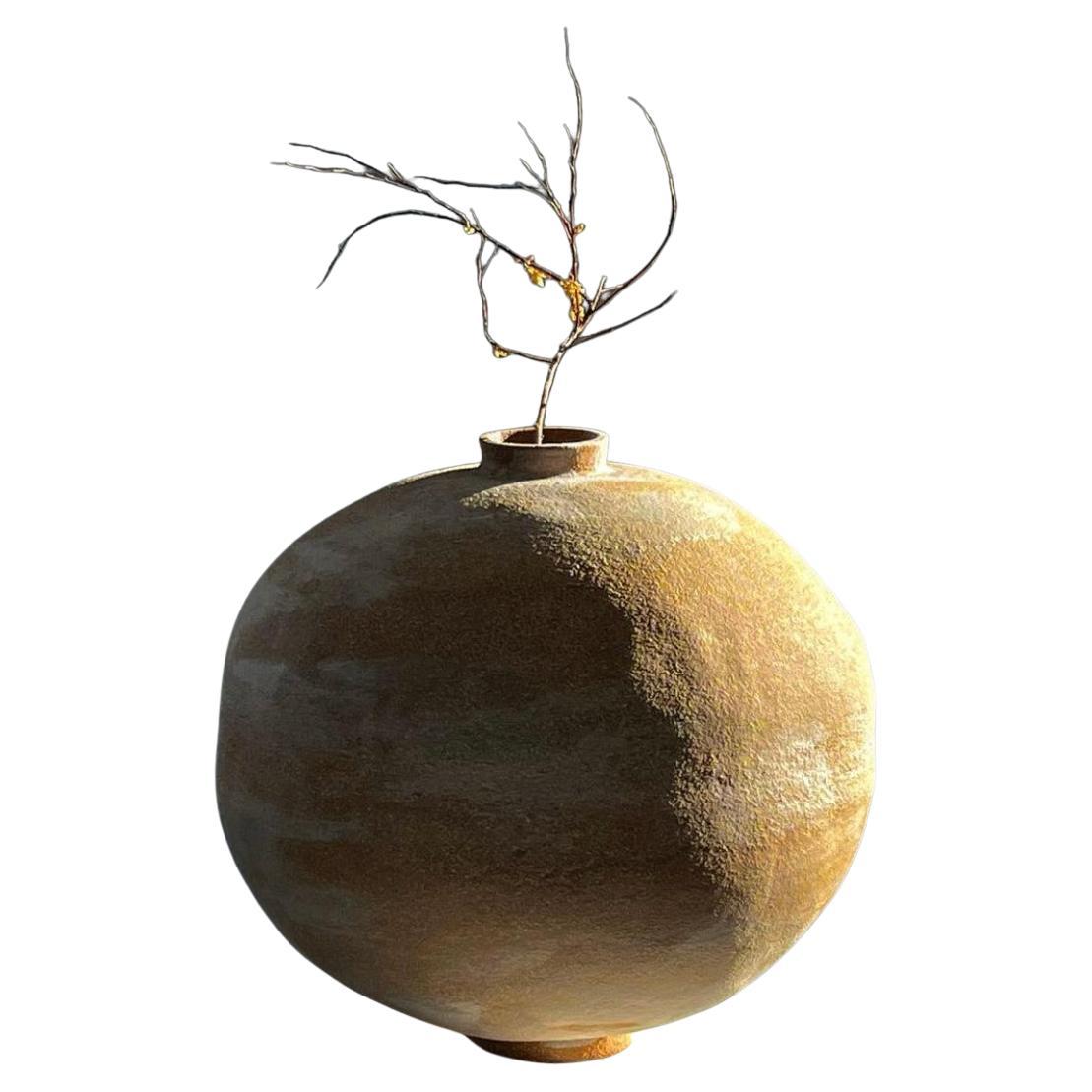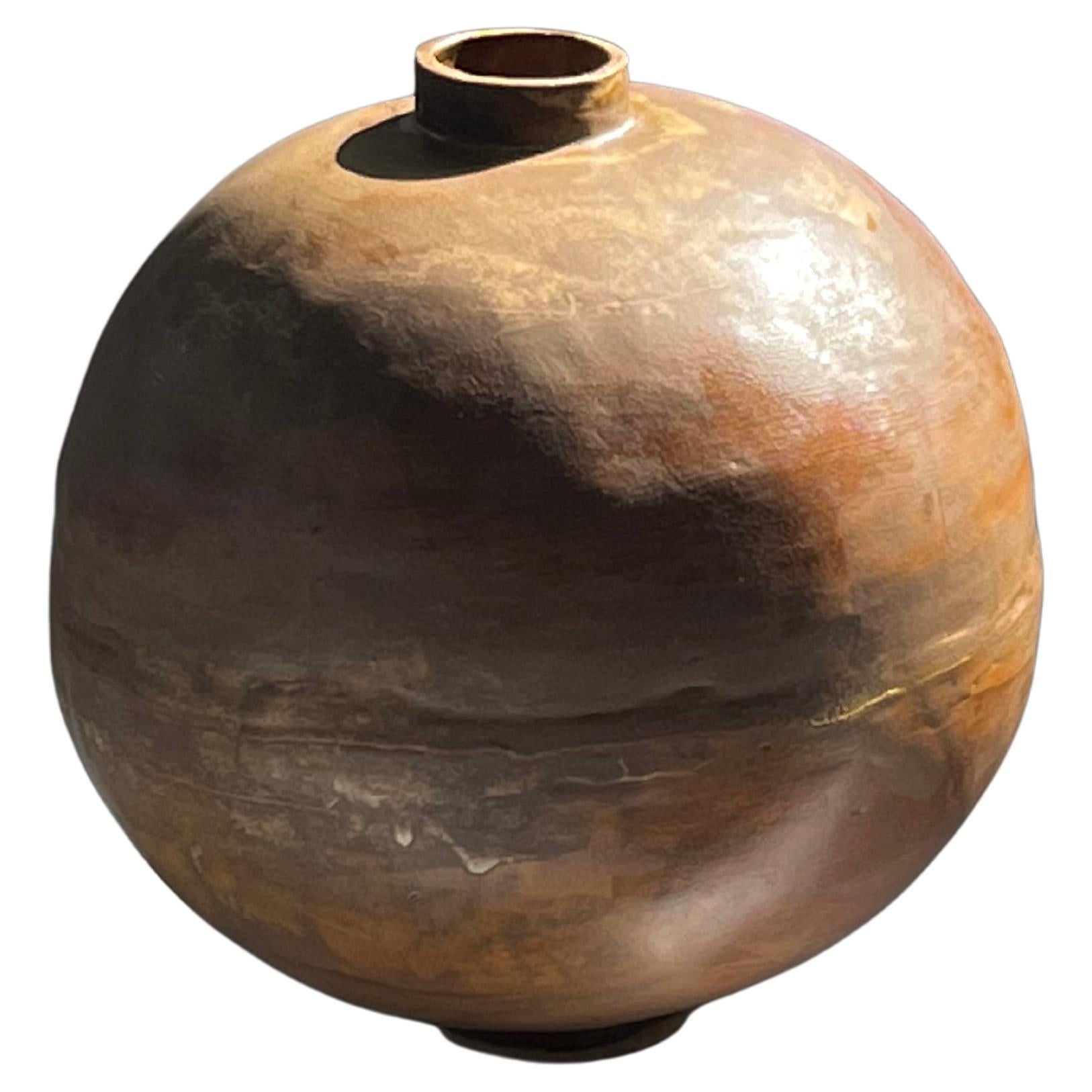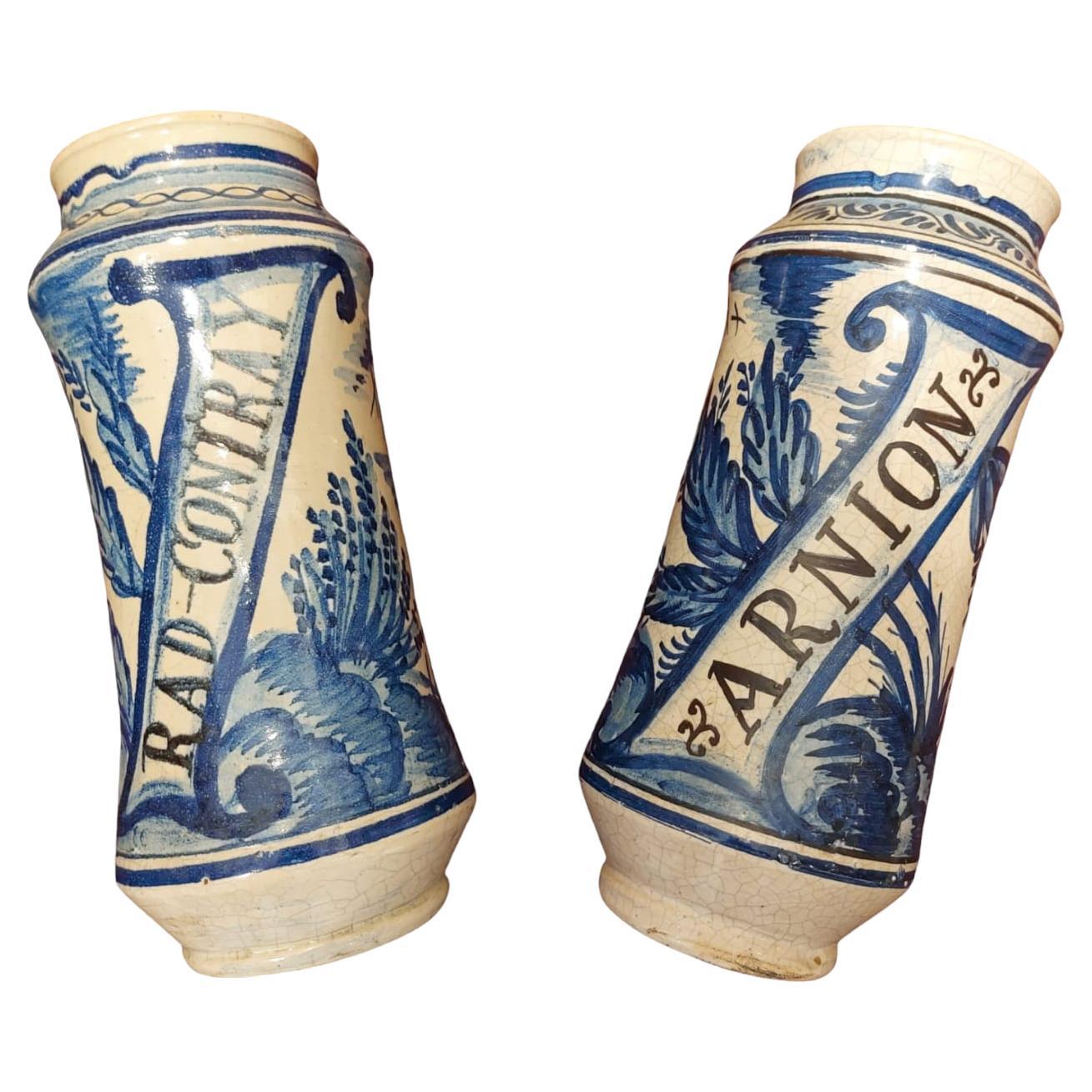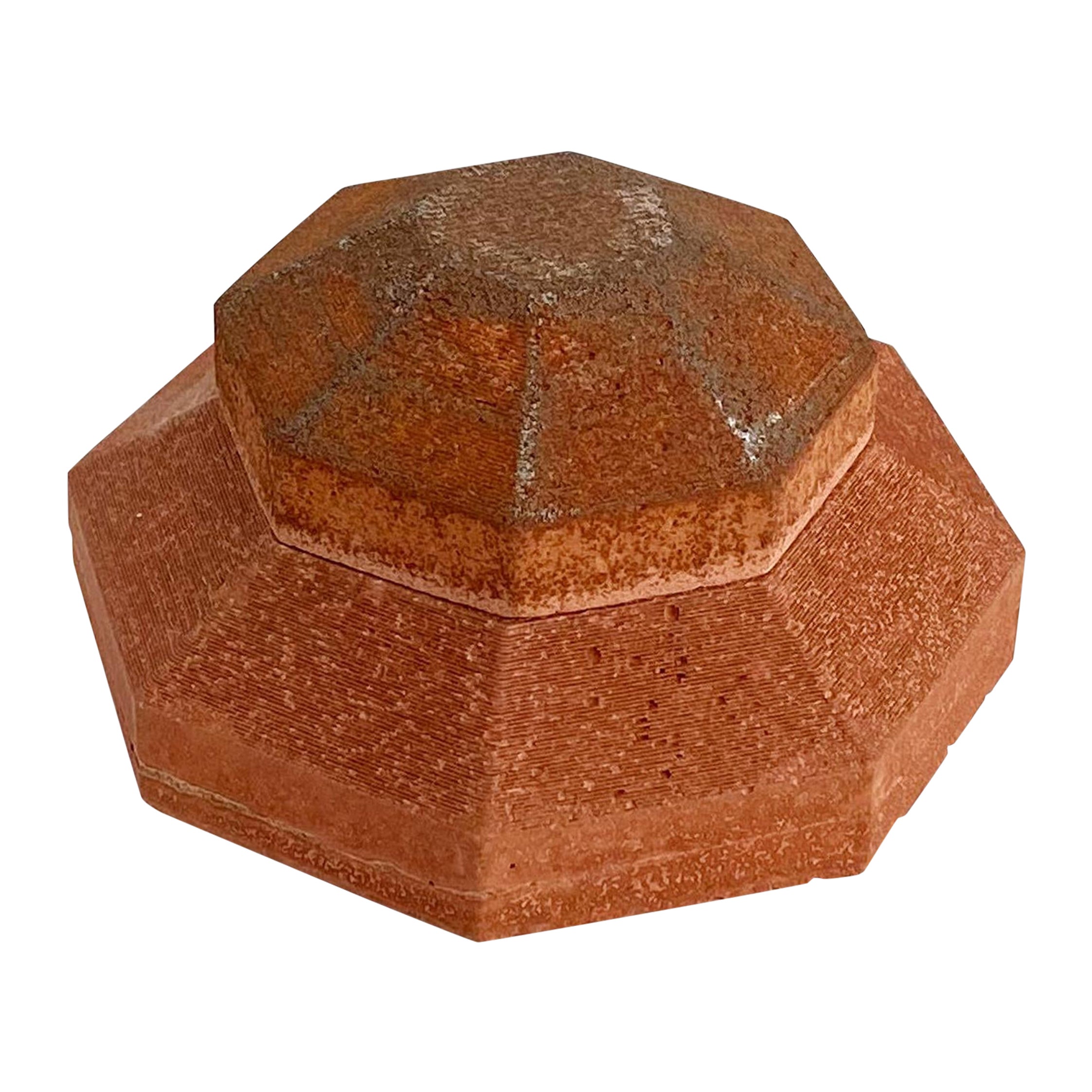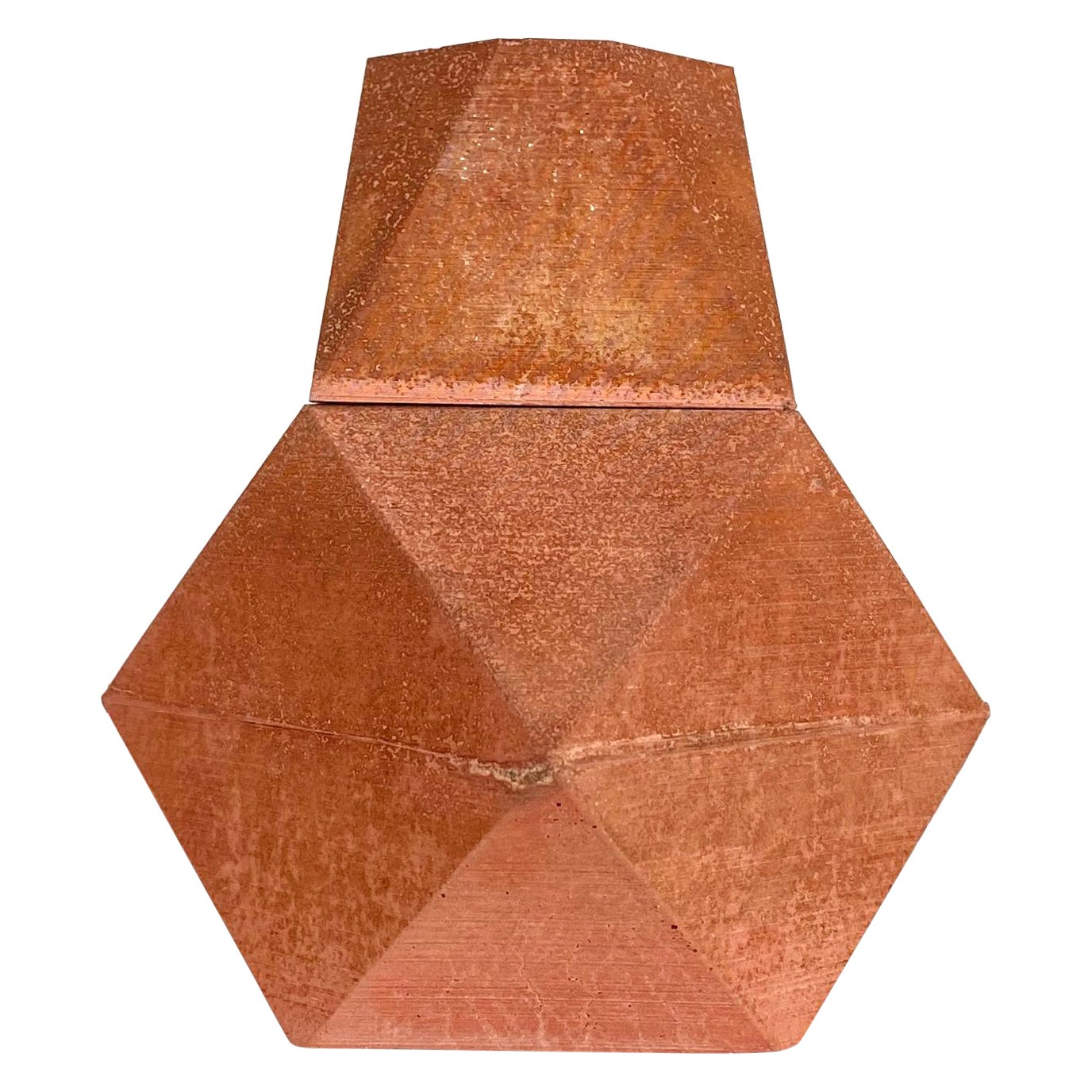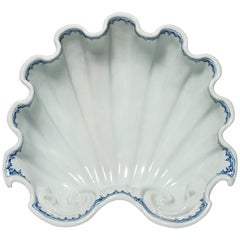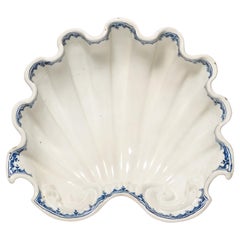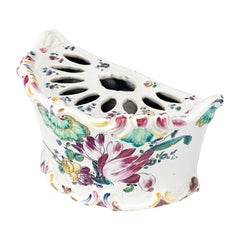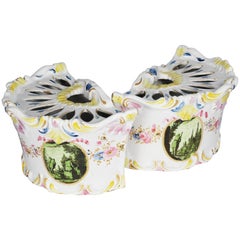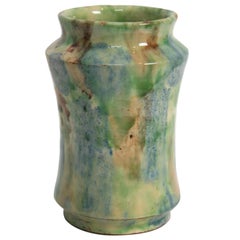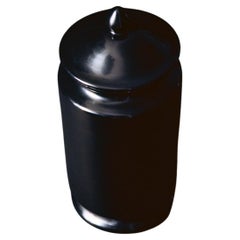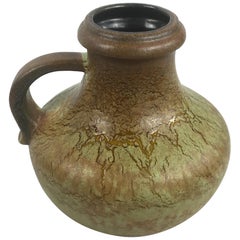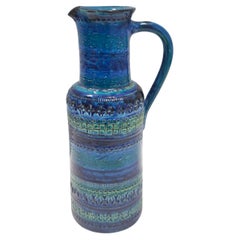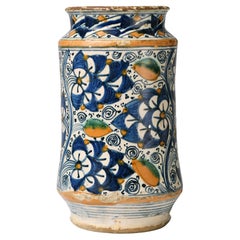
Ancient Maiolia Drag Jar or Albarello, Montelupo, 1490-1510
View Similar Items
Video Loading
Want more images or videos?
Request additional images or videos from the seller
1 of 21
Ancient Maiolia Drag Jar or Albarello, Montelupo, 1490-1510
About the Item
- Dimensions:Height: 7.49 in (19 cm)Diameter: 3.55 in (9 cm)
- Style:Renaissance (Of the Period)
- Materials and Techniques:Earthenware,Glazed
- Place of Origin:
- Period:
- Date of Manufacture:circa 1490-1510
- Condition:Wear consistent with age and use. Intact, signs of use on the rim and slight chips on the raised areas. Kiln-support marks.
- Seller Location:Milano, IT
- Reference Number:1stDibs: LU4352228204152
About the Seller
4.3
Vetted Professional Seller
Every seller passes strict standards for authenticity and reliability
Established in 1860
1stDibs seller since 2018
21 sales on 1stDibs
Associations
International Confederation of Art and Antique Dealers' Associations
Authenticity Guarantee
In the unlikely event there’s an issue with an item’s authenticity, contact us within 1 year for a full refund. DetailsMoney-Back Guarantee
If your item is not as described, is damaged in transit, or does not arrive, contact us within 7 days for a full refund. Details24-Hour Cancellation
You have a 24-hour grace period in which to reconsider your purchase, with no questions asked.Vetted Professional Sellers
Our world-class sellers must adhere to strict standards for service and quality, maintaining the integrity of our listings.Price-Match Guarantee
If you find that a seller listed the same item for a lower price elsewhere, we’ll match it.Trusted Global Delivery
Our best-in-class carrier network provides specialized shipping options worldwide, including custom delivery.More From This Seller
View AllAncient Italian Maiolica Faenza, Ferniani Factory, Circa 1700
By Ferniani Factory
Located in Milano, IT
Centerpiece light blue maiolica shell
Ferniani factory, early period: 1693-1776
Faenza, 1700 circa
5.5 in x 14.72 in x 13.77 in (14 cm x 37.4 cm X cm 35)
lb 4.40 (kg 2)
State of con...
Category
Antique Early 1700s Italian Baroque Ceramics
Materials
Maiolica
Ancient Italian Maiolica Faenza, Ferniani Factory, Circa 1700
By Ferniani Factory
Located in Milano, IT
Centerpiece white maiolica shell
Ferniani factory, early period: 1693-1776
Faenza, circa 1700
Measures: 5.6 in x 14.72 in x 13.46 in (14.3 cm x 37.4...
Category
Antique Early 1700s Italian Baroque Ceramics
Materials
Maiolica
Ancient Maiolica Flower Pot Pasquale Rubati Factory, Milan Circa 1770
By Pasquale Rubati
Located in Milano, IT
Maiolica flower pot “a mezzaluna” decorated with tulip
Pasquale Rubati Factory
Milan, circa 1770.
Measures: 4.7 in x 4.7 in x 8.6 in
12 cm x 12...
Category
Antique 1770s Italian Rococo Ceramics
Materials
Maiolica
Pair of Ancient Italian Maiolica Flower Pots Milan, Rubati Factory, 1770 circa
By Pasquale Rubati
Located in Milano, IT
Maiolica flower pot “a mezzaluna”
decorated with trompe l’oeil
Pasquale Rubati Factory
Milan, circa 1770
Measures: each 4.7 in (cm 12) x 5 in (c...
Category
Antique 1770s Italian Rococo Ceramics
Materials
Maiolica
Ancient Italian Renaissance Maiolica Crespina, Faenza, 1580 Circa
Located in Milano, IT
Crespina
Faenza, last quarter of the 16th century
Maiolica painted in two colors, light blue and yellow, on a thick, rich layer of white enamel.
It measures 2.24 in (5.7 cm) in height, 6.10 in (15.5 cm) in diameter.
lb 0.55 (kg 0.25)
State of conservation: mimetic restoration.
The small cup has a raised central “umbone”, a perforated brim and a shaped rim. It rests on a high jutting foot. The "crespina" shape, in some inventories is cited as "tacce de frute" (fruit cups). It was particularly appreciated in the Renaissance and has variants based on the formal types and the different sizes. The decoration, made according to the dictates of the “compendiario” style, used few standardized colors: blue and yellow on a thick white and shiny enamel, deliberately chosen as the colour which was most reminiscent of silver. This choice derived from a trend in creative design of the era: the shapes used in the molds were often taken from metal objects. An idea which would last throughout the Renaissance.
The work shows, in the middle of the “umbone”, a winged putto stepping forward while playing a long thin trumpet.
The depiction of the putto is fully representative of the repertoire of the Faenza workshops of the sixteenth century.
Some specimens with this type of decoration have been published in a volume by Carmen Ravanelli Guidotti: there appears the whole productive repertoire of this fundamental moment of transition between the taste for the “istoriato” style and the great simplification of decoration in the “compendiario” period. This style, in its simplicity, however, saw its expression in a rather varied collection of decorative subjects, including old-fashioned busts...
Category
Antique 16th Century Italian Renaissance Ceramics
Materials
Maiolica
Small Maiolica Flower Pots, Ferretti Manufacture, Lodi, circa 1770-1780
By Antonio Ferretti
Located in Milano, IT
Two maiolica flower pots
Antonio Ferretti Manufacture
Lodi, Circa 1770 - 1780
Maiolica polychrome decorated “a piccolo fuoco” (third fire)
The...
Category
Antique 1770s Italian Rococo Ceramics
Materials
Maiolica
You May Also Like
Spanish Terracotta Albarello Vase
Located in Barcelona, ES
Glazed Terracotta vase in shades of green, blue, beige
Traditional spanish glazed ceramic vase "Albarelo" in green and blue pastel colors decoration with brown accents.
It has a mark on the bottom (IOX).
Spain, circa 1960s.
Popular pottery; Medical Ceramic-ware.
Measures: 21 cm H x 14,5 cm diameter // 8,26 in H x 5,70 in diameter.
More glazed and unglazed terracotta spanish...
Category
20th Century Spanish Folk Art Ceramics
Materials
Terracotta, Ceramic, Earthenware
The Albarello Jar by Coseincorso
Located in Geneve, CH
The Albarello Jar by Coseincorso
Dimensions: Ø 16 x H 37 cm.
Materials: Ceramic with unleaded glaze.
The Albarello is inspired by medicinal jars used to hold apothecaries’ ointment...
Category
2010s Italian Modern Jars
Materials
Ceramic
$619 / item
Midcentury Studio Pottery Jar or Jug for Scheurich Keramik
By Scheurich Keramik
Located in Miami, FL
A fine handcrafted jar or jug with prominent green and brown hues.
Bottom raised letters Scheurich Kermik, W. Germany.
Category
20th Century German Mid-Century Modern Jars
Materials
Ceramic
Rimini Blue Ceramic Pitcher Vase by A. Londi and F. Montelupo for Bitossi
By Bitossi, Aldo Londi, Flavia Montelupo
Located in Bresso, Lombardy
This is a Rimini blue vase from the 1970s. Made in Italy.
It was designed by Aldo Londi and produced by Flavia Montelupo, also known as Bitossi.
Bitos...
Category
Vintage 1970s Italian Post-Modern Vases
Materials
Ceramic
Off White Stoneware Moon Jar
Located in Geneve, CH
Off White Stoneware Moon Jar
Signed and Numbered
Dimensions: Diameter 30cm x Height 30cm
Materials: Ceramic. Pigment.
Technique: Hand-crafted. Freeform. Glazed.
Bicci de’ M...
Category
2010s Belgian Modern Ceramics
Materials
Ceramic
$1,640 / item
18th Century Delft Wet Drug Jar or Albarello for A Sabiosa
Located in Pease pottage, West Sussex
18th Century Wet Drug Jar, with spout and handle in remarkable condition. Named A Sabiosa. Dutch, Circa 1780.
Category
Antique Late 18th Century Dutch Jars
Materials
Ceramic
Recently Viewed
View AllMore Ways To Browse
Cora Double
Taco Joustra
Tafoya Pottery
Taisho Rabbit
Takahashi Rakusai
Takahashi San Francisco
Tall Bar Cabinet With Lights
Tall Medicine Cabinet
Tall Rustic Dark Wood Cabinet
Tana Side Table By Demuro
Tankard 1700
Tape Loom
Tapestry Audenarde
Tavolino 1774
Tavolo Fratino
Tea Pots With Tea Caddies
Tea Set 4 Pieces Solid Silver Art Deco
Teak 2 Drawer File Cabinet
